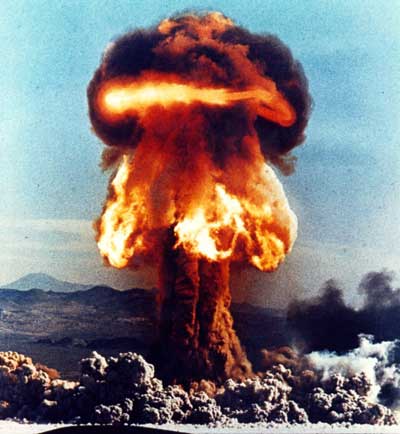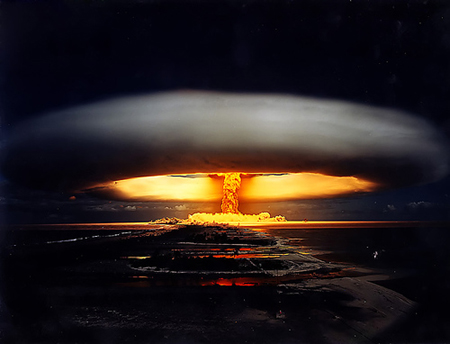
Next Steps in Updating U.S. Nuclear Strategy
The Carnegie Endowment recently hosted a panel event with James Acton, Elbridge Colby, Ambassador Steven Pifer, and moderator, Jessica Tuchman Matthews entitled Arms Control 2.0 in Obama 2.0. The panelists discussed next steps for reducing nuclear risks, a topic they developed in a recent policy brief, “Beyond Treaties: Immediate Steps to Reduce Nuclear Dangers.”

The discussion primarily focused on the relationship between the United States and Russia, whose arsenals comprise 95 percent of the world’s nuclear weapons. The panelists’ view of the prospects for a new nuclear reductions treaty building on New START varied. Steve Pifer argued that both Russia and the U.S. have an economic incentive to eliminate excess nuclear weapons, which are costly to maintain and update.
Budget constraints and expensive modernization programs – the U.S. plans to spend billions to recapitalize all three legs of the nuclear triad – could “crowd out” programs the Defense Department wants, Pifer noted.
The path forward for eliminating unnecessary nuclear capabilities may not come in the form of a formal treaty, James Action said. Should a treaty prove elusive, there are still steps the U.S. and Russia can take to continue to shed Cold War excess. One option, Acton suggested, would be an overall limit on nuclear warheads, strategic as well as tactical.
Critics of another round of negotiations with Russia often argue that further reductions could hinder U.S. nonproliferation efforts. While acknowledging the importance of maintaining a safe and credible nuclear deterrent, the panelists emphasized that nuclear reductions do not undercut, and in fact support, U.S. nonproliferation goals.
With a total of 5,000 nuclear weapons, “we have more than we need for a reliable and effective deterrent,” Pifer said.
The key to moving forward with updating the U.S. nuclear strategy, Acton argued, will be to forge consensus in Congress on investing in strategic elements of the nuclear deterrent while pursuing further reductions.
The panelists’ strong case for strategic thinking about the U.S. nuclear strategy reflects the argument that LtGen. Dirk Jameson, ASP Consensus member and former Deputy Commander of US Strategic Command, recently made in Stars and Stripes:
“Our nuclear strategy still bears the imprint of the Cold War, he wrote. “It is still far beyond the level that rational military strategists find necessary or practical…Spending billions on nuclear forces beyond a credible deterrent diverts resources from the defense capabilities our troops really need.”





